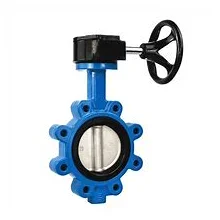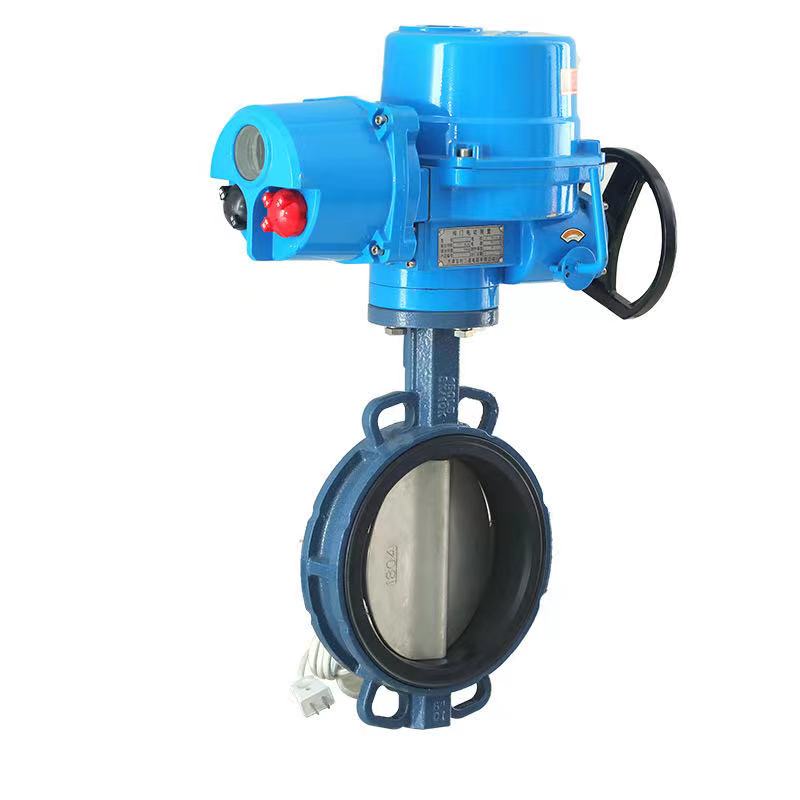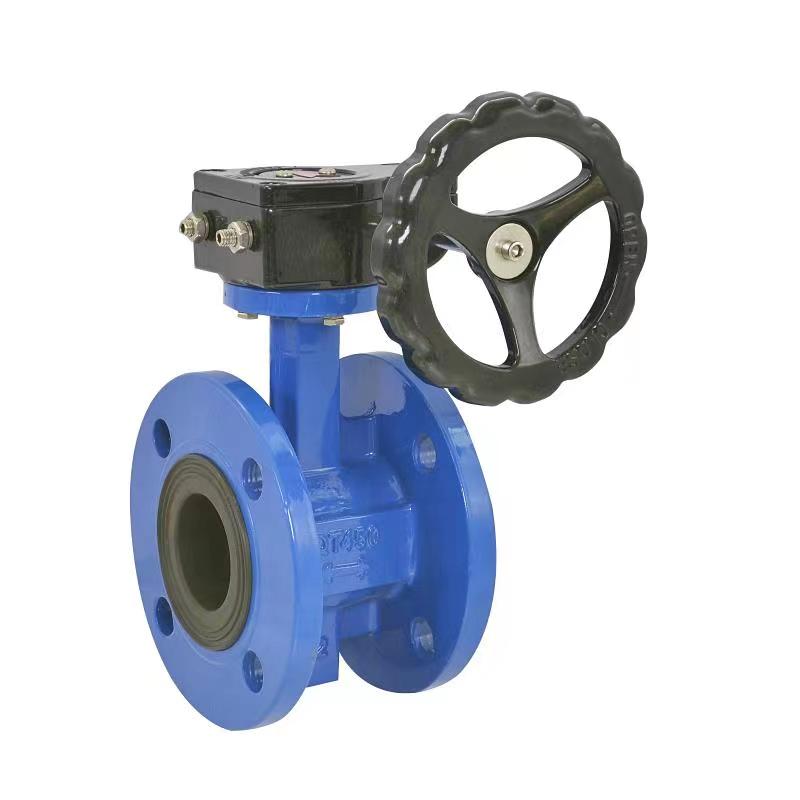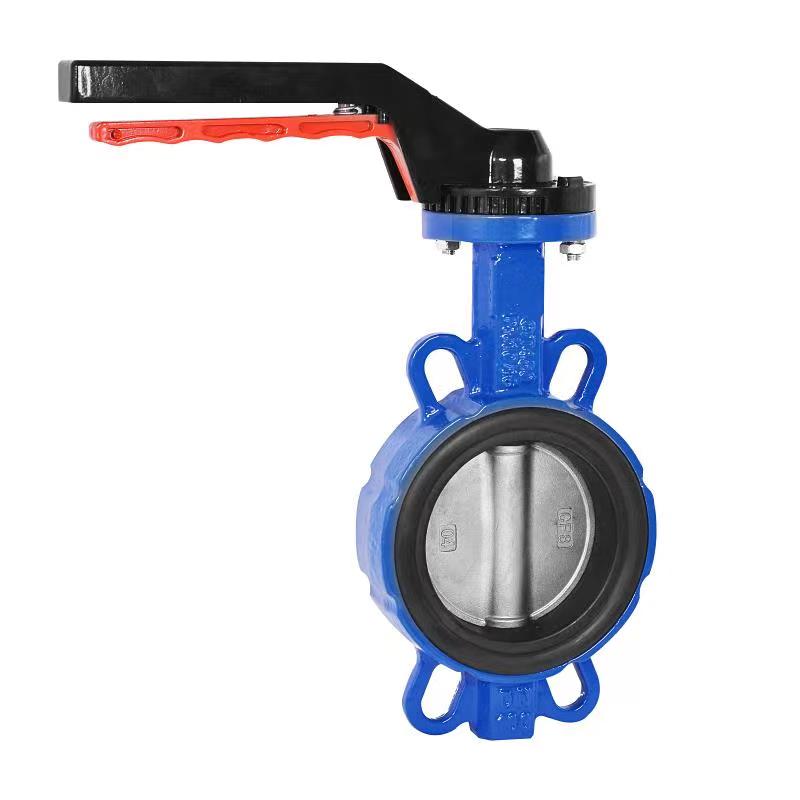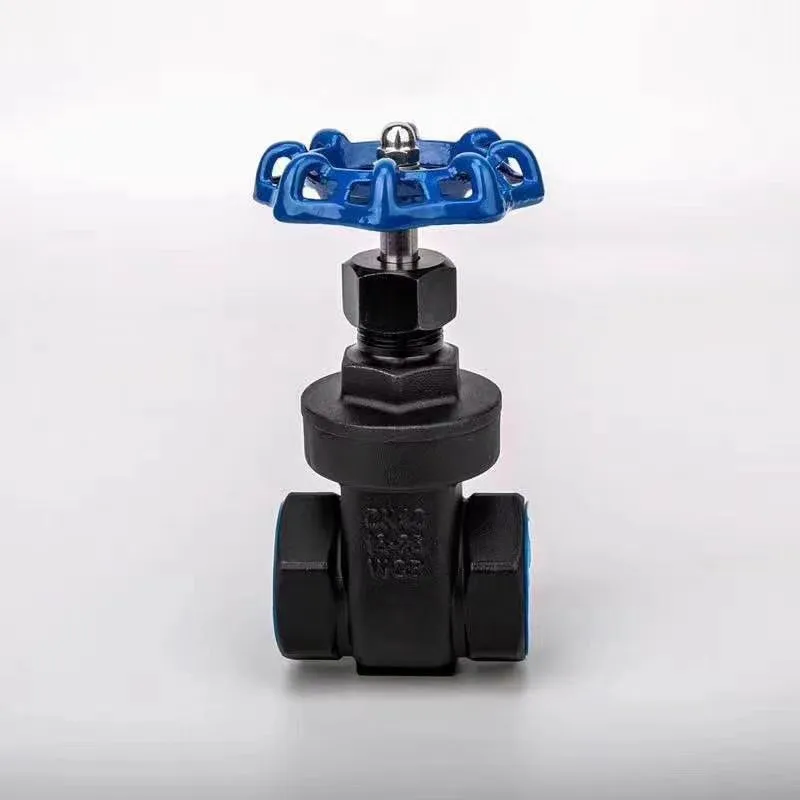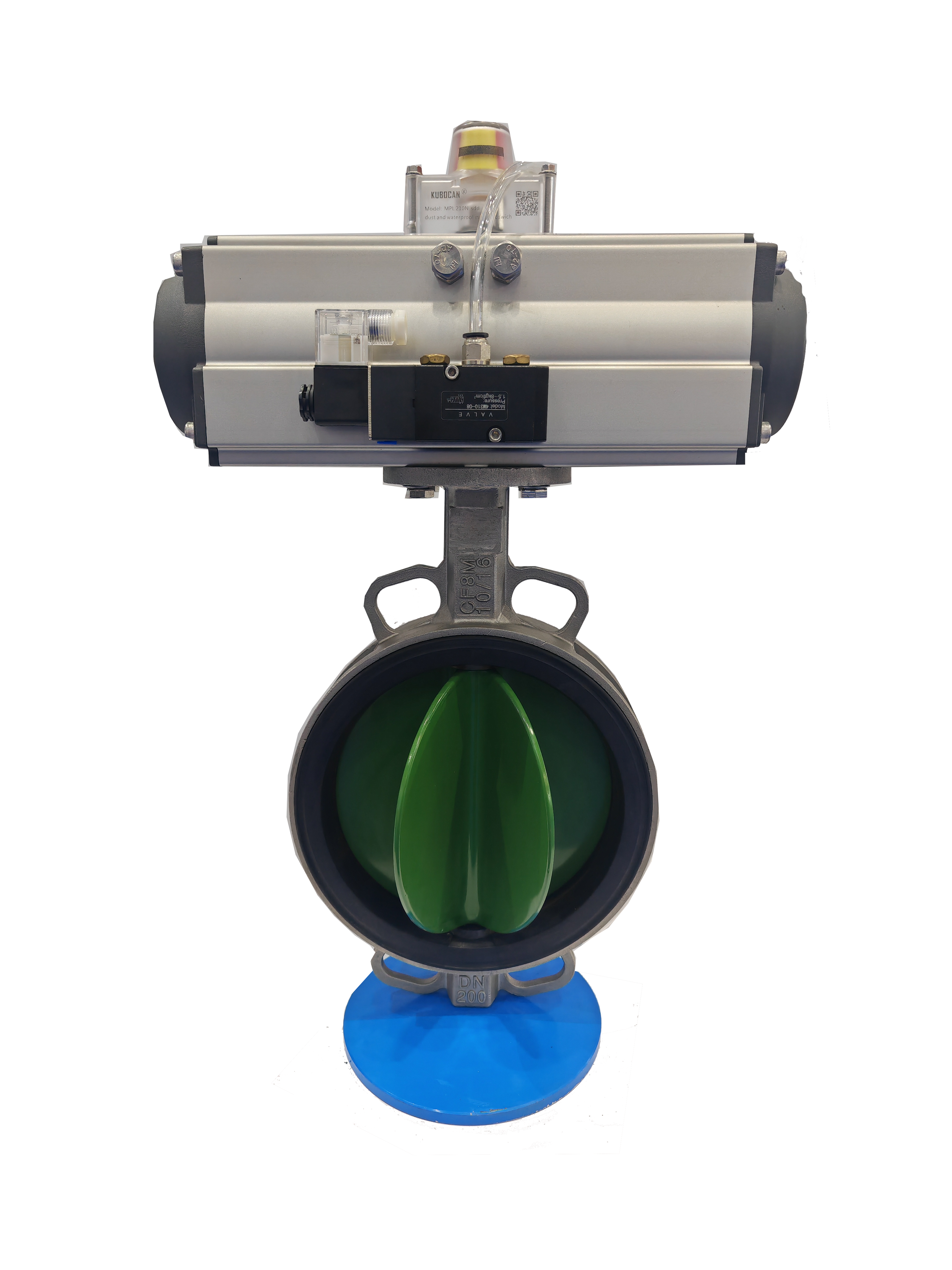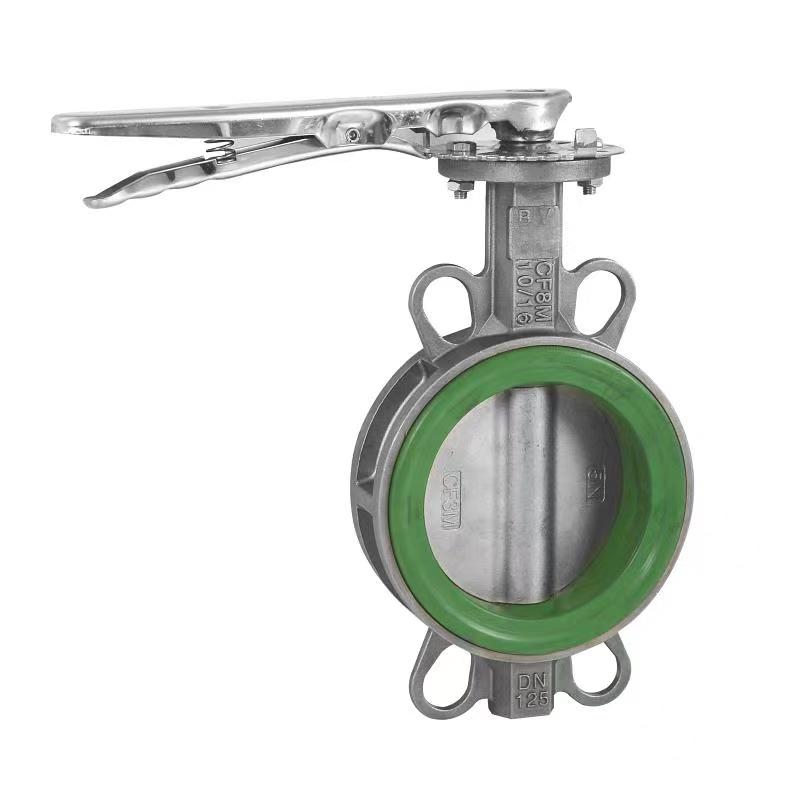- English
- Español
- Português
- русский
- Français
- 日本語
- Deutsch
- tiếng Việt
- Italiano
- Nederlands
- ภาษาไทย
- Polski
- 한국어
- Svenska
- magyar
- Malay
- বাংলা ভাষার
- Dansk
- Suomi
- हिन्दी
- Pilipino
- Türkçe
- Gaeilge
- العربية
- Indonesia
- Norsk
- تمل
- český
- ελληνικά
- український
- Javanese
- فارسی
- தமிழ்
- తెలుగు
- नेपाली
- Burmese
- български
- ລາວ
- Latine
- Қазақша
- Euskal
- Azərbaycan
- Slovenský jazyk
- Македонски
- Lietuvos
- Eesti Keel
- Română
- Slovenski
- मराठी
- Srpski језик
- Esperanto
- Català
- שפה עברית
- Cymraeg
- Latviešu
- icelandic
- ייִדיש
- беларускі
- Hrvatski
- Kreyòl ayisyen
- Shqiptar
- Malti
- lugha ya Kiswahili
- አማርኛ
- Bosanski
- Frysk
- ភាសាខ្មែរ
- ქართული
- ગુજરાતી
- Hausa
- Кыргыз тили
- ಕನ್ನಡ
- Corsa
- Kurdî
- മലയാളം
- Maori
- Монгол хэл
- Hmong
- IsiXhosa
- Zulu
- Yoruba
- অসমীয়া
- ଓଡିଆ
- Twi
- Samoa
- Sesotho
- සිංහල
- Gàidhlig
- Cebuano
- Somali
- Тоҷикӣ
- O'zbek
- Hawaiian
- سنڌي
- Shinra
- Հայերեն
- Igbo
- Sundanese
- Lëtzebuergesch
- Malagasy
- Tǝlam Kanuri
- Punjabi
- پښتو
- Chichewa
Working principle and application of gate valve
2025-06-04
In modern industrial and building facilities, gate valves, as a common type of valve, are widely used in many fields such as oil, natural gas, water treatment, and electricity. It has become an indispensable part of the pipeline system due to its simple structure, reliable performance, and efficient fluid control ability. This article will introduce the working principle of the gate valve in detail, as well as its advantages and precautions in practical applications.
1. Basic structure and working principle of gate valve
A gate valve is a valve that controls the flow of fluid by the up and down movement of the valve plate. Its core working principle is: when the valve plate is in the fully raised position, the fluid in the pipeline can flow smoothly; when the valve plate drops to the sealing position, the fluid flow is completely cut off. The sealing surface between the valve plate and the valve seat ensures that the fluid will not leak when closed.
Specifically, the gate valve consists of a valve body, a valve seat, a valve plate, a valve stem, a handwheel and other components. The handwheel or electric device drives the valve plate to move up and down by rotating the valve stem, thereby realizing the switch control of the fluid. During operation, the valve plate is perpendicular to the flow direction of the pipeline and is usually fully open or fully closed, so the gate valve is suitable for occasions where the fluid needs to be fully open or fully closed.
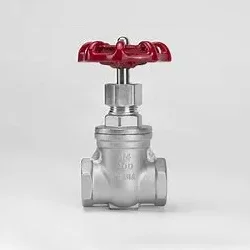
2. Working process of the gate valve
When the user rotates the handwheel of the valve, the valve stem begins to rotate, and the valve plate moves up and down accordingly. When the valve plate rises, the flow channel inside the pipeline is fully opened and the fluid can flow freely; when the valve plate descends, it is in close contact with the valve seat to form a complete seal to prevent the passage of the fluid.
It should be pointed out that the opening and closing operation of the gate valve requires a large torque, especially in pipelines with larger diameters or high pressures. In order to reduce the operating force, the gate valve is often equipped with a transmission device, such as an electric drive or a gearbox.
3. Advantages of the gate valve
Due to its unique structural design, the gate valve has many advantages that other valves do not have. First, the gate valve has a fast and stable opening and closing action, and has less resistance to fluid flow when it is opened, which makes it suitable for pipeline systems with large flow rates. Secondly, gate valves usually use metal sealing surfaces, which have strong wear resistance and high temperature resistance, so they can maintain a long service life in harsh working environments.
In addition, the gate valve has very good sealing performance, which can effectively prevent fluid leakage and ensure the safe and stable operation of the system. When fully opened, the gate valve has almost no obstruction to the flow of fluid, reducing the energy loss of the system.
4. Application scenarios of gate valves
Gate valves are widely used in industry, especially in situations where large flow, full opening or closing of fluid flow is required. For example, in oil and natural gas pipeline systems, gate valves are often used to shut off and control the transmission pipeline to ensure the safe transportation of fluids; in the power industry, gate valves are used to control steam pipelines to help regulate energy supply; in the water treatment industry, gate valves are used for flow control and leakage prevention of various water pipelines.
Because the structure of the gate valve is relatively simple, maintenance and operation are also relatively convenient. In most cases, the gate valve only needs to regularly check the wear of the valve plate, sealing surface and valve stem to ensure its smooth operation and avoid wear and aging problems in long-term operation.
5. Precautions when using gate valves
Although gate valves have excellent performance, there are still several aspects that need to be paid attention to when using them. First, gate valves are generally not suitable for flow regulation because their valve plate design is not conducive to fine-tuning the flow rate and is prone to wear of the valve plate when partially opened. Second, the gate valve has a slow opening and closing speed, and too fast operation may cause damage to the valve, so the valve wheel or the adjustment drive should be rotated slowly and evenly during operation.
In addition, the sealing surface of the gate valve is susceptible to corrosion or wear, so the properties of the fluid and the requirements of the working environment should be considered when selecting materials. For example, in high temperature or highly corrosive environments, suitable high temperature resistant or corrosion resistant materials should be selected to increase the service life of the gate valve.
Gate valves play an important role in modern industry with their simple and efficient working principle. Its main advantage is that it provides reliable full open or full closed control and is suitable for pipeline systems with large flow and high pressure. Understanding the working principle and precautions of gate valves not only helps to improve the efficiency of equipment use, but also ensures the stability and safety of the system in practical applications. Through reasonable selection and scientific maintenance, gate valves can provide long-term support and protection for pipeline systems in various industries.
If you have more needs or questions about gate valves, please feel free to contact our technical team, we will provide you with professional solutions and support.
Related News
- Can check valves prevent pump reversal
- What scenarios are check valves suitable for?
- What should I do if the check valve cannot stop the water?
- What should I do if there is leakage inside the check valve
- What are the types of check valves
- Are there any requirements for the installation direction of butterfly valves?
New Products





